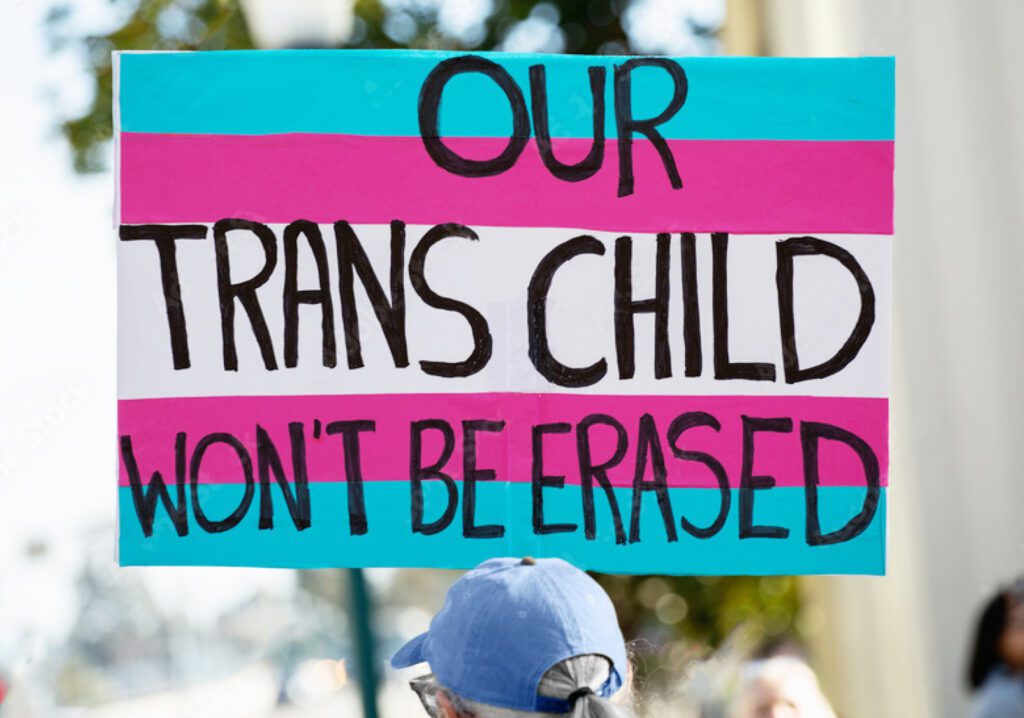Exploring your own gender beliefs and biases

EXAMINE YOUR BELIEFS—what are they and why do you have them? We all carry beliefs about gender and a lifetime of experiences and relationships that have shaped and challenged those beliefs. Critical reflection is an important step in preparing to implement positive change in your teaching practices. How did you learn about gender? What fears or concerns might drive you to conform to binary thinking and gender stereotypes?
What areas do you need to explore or better understand in order to feel more comfortable with change? By taking responsibility for these aspects of our practice and professionalism, you can begin to lay the foundation for your learning journey. Many resources exist to support individual and group reflection: You’ll find some in our resources section.
Practice self-awareness.
Although few of us would openly admit to it—and many of us aren’t even aware of it—most of us have been influenced by implicit bias—a bias or prejudice that we are unaware of that affects our decisions and judgments. Implicit bias exists because we live in a society that is saturated with patriarchy, sexism, and homophobic and transphobic bigotry.
But we are not powerless against the forces of bias and prejudice! It is up to us to practice self-awareness, to think critically, to question, and to begin to change our habits and assumptions as we build our knowledge. We must broaden our definitions of words such as bias, prejudice, sexism, homophobia, and transphobia. These words do not necessarily mean that we consciously believe that men are smarter or more capable than women, or that queer people are “less than.” These words can also imply something as seemingly harmless as giving a pink ice pack to a girl and a blue ice pack to a boy after they’ve collided or bumped heads. These acts are driven by subconscious assumptions—beliefs that we may not even think to question at the moment—rather than explicit beliefs that we consciously form. We can break this problematic cycle by reflecting on our biases and practicing self-awareness.
Raise your “in-the-moment” awareness.
Before we can help children navigate the world of gender stereotypes and expectations, we must examine our own explicit and implicit beliefs. Even the most well-intentioned people have implicit biases that can show up at any given moment. For example, we may be quicker to discourage rough-and-tumble play when a girl is involved—or we may expect a boy to recover more quickly from a fall or an injury than a girl. Just because we believe that boys should be able to wear princess costumes from the dress-up area and we encourage girls to play with trucks, we are not free from implicit assumptions and biases. We can use self-reflection—either in the moment or after the fact—to examine the subconscious biases or stereotypes that we harbor and try to change our habits. The more we reflect, the more we will become consciously aware of our biases in the moment, rather than "after the fact." The book Supporting Gender Diversity in Early Childhood Classrooms (Pastel et al., 2019) includes many ways to practice reflection on gender in our work as early childhood educators.
Challenge gender stereotypes.
We know that children can sometimes be rigid in their beliefs, which can lead them to categorize people in stereotypical ways. Often these categorizations are based on stereotypes such as “boys have short hair and girls have long hair” or “boys like sports and girls don’t.”
Children form these categories in part because this is what they are socialized to believe. When we discuss these biases with children, we want to acknowledge the source of these beliefs and challenge their thinking. It is important not to shame children for harboring beliefs that are based on what they have observed in the world; leave space for ongoing dialogue and enlightenment. It is much more conducive to learning if we encourage young children to think critically about gender stereotypes by asking questions such as:
“Emily likes soccer, and she told us she’s a girl. Does that mean girls can like sports?”
“My cousin has long hair, but he knows he’s a boy. What does that mean?”
By starting a conversation, we can help young children expand their perspectives. After all, isn’t that what inclusive early childhood education is all about?